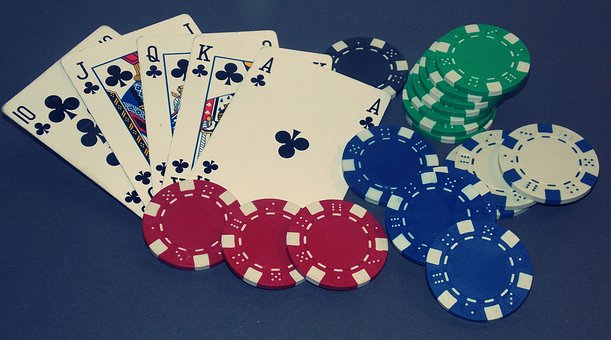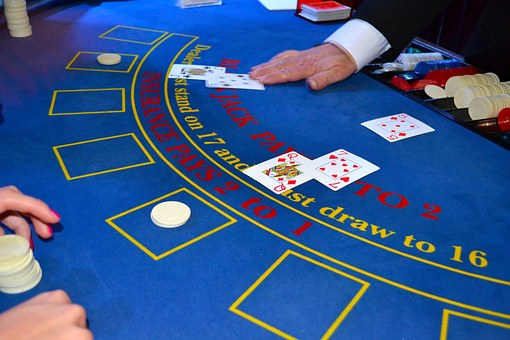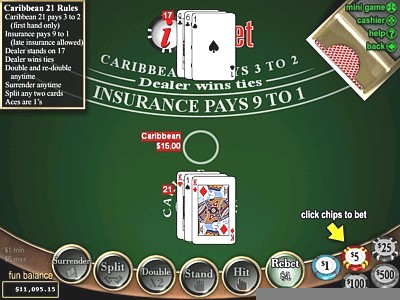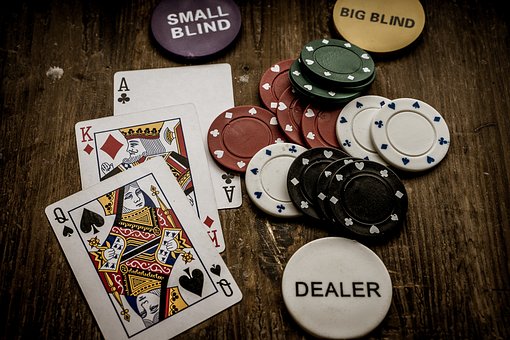
While you can certainly sit down at a poker table and start playing without knowing all the terminology you’ll hear, it would probably be a good idea to be aware of what you might hear.
Betting Round Actions
BET – When a player makes a wager
CALL – When a player pays the same amount of the previous bet
RAISE – When a player bets higher than the previous bet (call plus an additional amount)
RE-RAISE – When a player makes a third bet, higher than the raise amount, after a bet and a raise
FOLD – When a player tosses in his hand without making a bet
CHECK – When a player passes the action to the next player without making a bet
3-BET – The third bet in a betting round, also a re-raise
CAP – The last possible raise in a betting round, in a fixed-limit game. Players usually can raise up to 4 times in a single betting round and then the action is “capped.” Once a player has capper, the remaining players can only call or fold, no raising is allowed until the next round.
CHECK BEHIND – When a player checks after the previous player checks
Made Hands
BOTTOM PAIR – When you pair the lowest card on the board
MIDDLE PAIR – When you pair a middle card on the board
TOP PAIR – When you pair the highest card on the board
OVER PAIR – A player’s pair that is higher than any card on the board
BOTTOM TWO PAIR – When you pair your cards with the lowest two cards on the board
TOP TWO PAIR – When you pair your two cards with the highest two cards on the board
TWO PAIR -When you pair your two cards with any two cards on the board
SET – 3 of a kind
STRAIGHT – 5 cards in numerical order
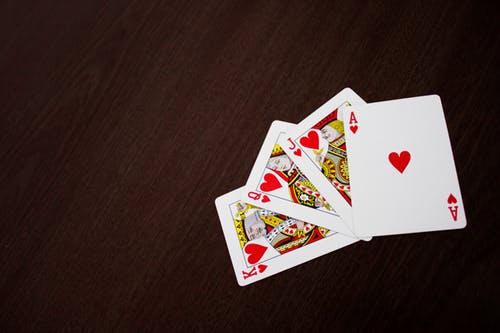
FLUSH – 5 cards of the same suit
FULL HOUSE – a pair and a set together, 2 of 1 number and 3 of another
Incomplete or “Draw” Hands
This is when you don’t have a made hand, but can end up with a strong made hand, if the right cards come up on the board.
BACKDOOR DRAW – A drawing hand that needs help from the turn and river. Hitting on the turn opens a backdoor to hitting again on the river.
OVERCARDS = Cards that are higher than cards on the board
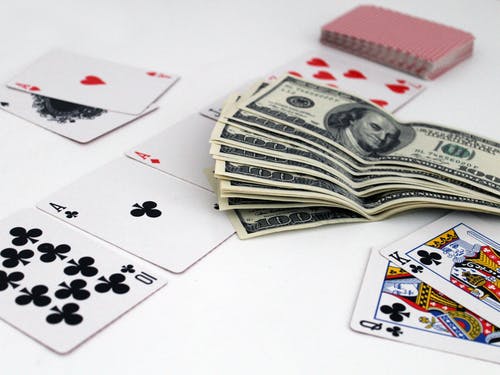
GUTSHOT – When you are missing a card in the middle of a sequence
OESD – Open Ended Straight Draw. When you have 4 cards in numerical sequence, that will end up in a straight with the 5th card added to either end
FLUSH DRAW – When you have 4 cards of the same suit
Additional Terms
POCKET PAIR – When you are dealt a completed pair
UNRAISED POT – When no one raises before the flop
RAISED POT – When there is a raise before the flop
PRE-FLOP – Refers to everything that happens before the flop is dealt
POST-FLOP – Refers to everything that happens after the flop is dealt
UNIMPROVED – When your hand doesn’t improve with the next card dealt
CONCLUSION
These are the most common poker terms. Don’t be afraid to ask about a term if you can’t remember or don’t understand when playing.
All players were beginners at one time and didn’t know the terms either. They might be happy to answer a question because it will signify that you are a novice and therefore, they might be able to easily take your money! Play responsibly!
